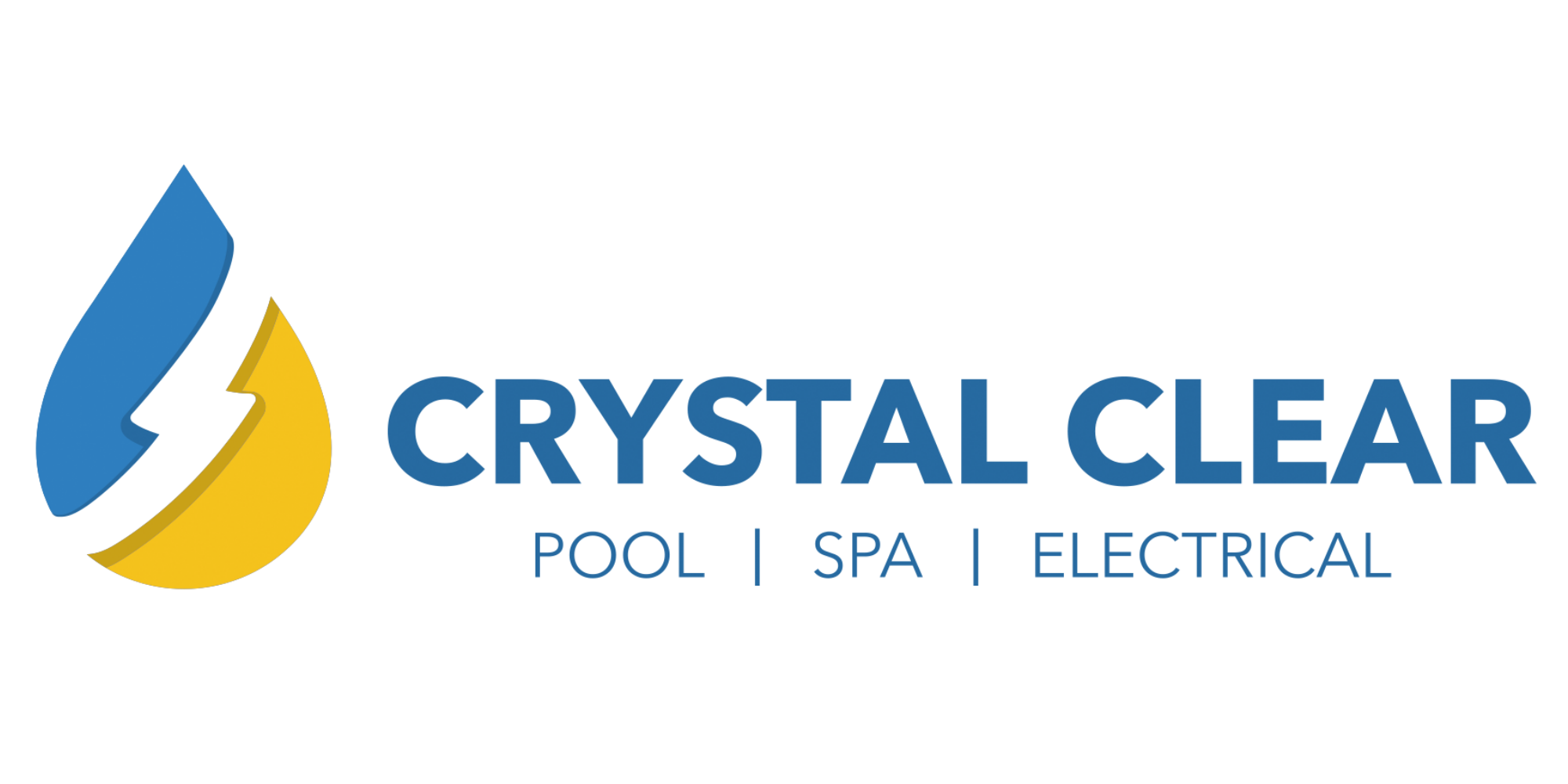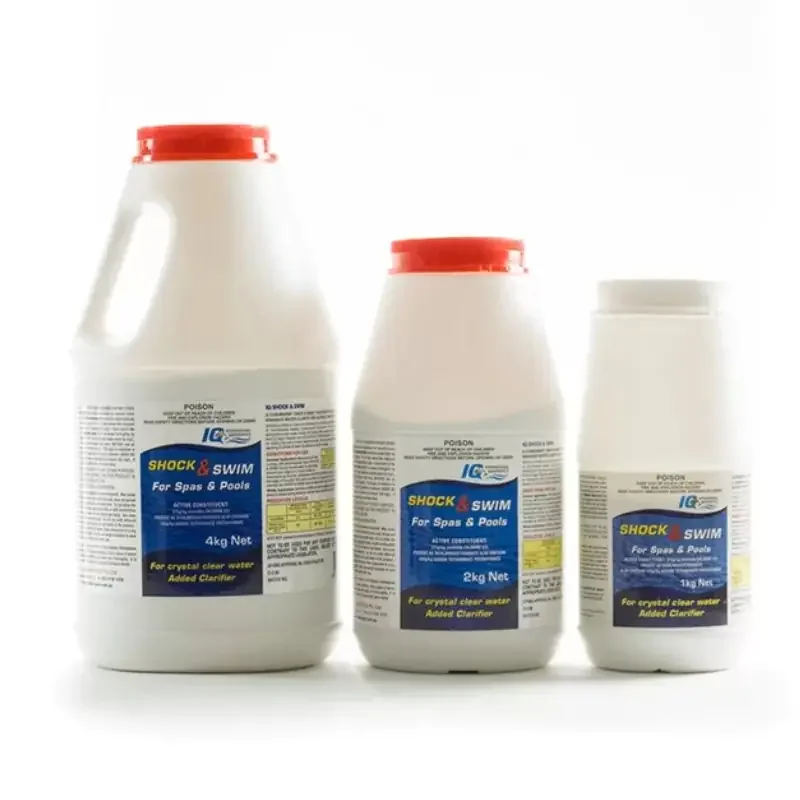What Does It Mean to Shock Your Pool?
Shocking a pool means adding a large, fast-acting dose of oxidiser to destroy contaminants that routine sanitising cannot keep in check. The treatment breaks down chloramines, kills algae spores and restores clear water after heavy use or bad weather. Think of it as a deep clean that resets your water chemistry and keeps bathers safe.
Why Shock Treatments Matter
- Remove chloramines: When chlorine binds to oils, sweat or sunscreen, it forms chloramines that cause red eyes and strong odours. Shock treatment frees the chlorine to sanitise again.
- Prevent algae blooms: A powerful dose wipes out spores before they take hold, saving time and money on later clean-ups.
- Protect pool finish and equipment: Contaminant build-up can stain surfaces and shorten filter life. Regular shocks minimise that risk.
When Should You Shock Your Pool?
- After heavy rain or wind-blown debris that dilutes chemicals and adds organics.
- Following a busy pool party or a week of intense swimming lessons.
- If free chlorine falls below 1.5 ppm on a test strip.
- When water looks cloudy or starts to smell.
- At least once a fortnight in peak summer, even if the water appears clean.
How to Shock a Pool: Step-by-Step
- Test and balance pH to 7.2–7.6 so the oxidiser works at full strength.
- Clean baskets and backwash or hose your filter to ensure good circulation.
- Choose your shock product. See our recommended shock treatments below..
- Use safety goggles and gloves. Fill a bucket with pool water, add the measured shock and stir until fully dissolved.
- Walk around the deep end, pouring slowly, with the pump running. Avoid the skimmer box to stop undiluted chemicals sitting in one place.
- Run the pump for at least eight hours and leave the cover off so excess gas can escape.
- Re-test free chlorine the next morning. If it sits between 2–4 ppm, you can now swim. If it is still low or water remains dull, repeat the dosage.
Choosing the Right Shock Product
Different pool setups and usage levels call for different treatments:
- Shock N Swim – A stabilised dichlor shock with added clarifier that lets bathers dive back in within an hour. Great for standard chlorine pools up to 60,000 L.
- Liquid Chlorine – A powerful unstabilised chlorine option, ideal for regular maintenance shocks. Works fast and is especially effective in high-use pools or when dealing with cloudy water.
Use the dose on the label for your pool size. Overdosing wastes product and can cloud the water, whereas underdosing will not solve the problem.
Post-Shock Care
- Brush walls and floor to dislodge any remaining film.
- Vacuum to waste or run the robotic cleaner to remove dead algae.
- Backwash or rinse the filter media again 24 hours later.
- Top up chlorine tablets or adjust salt chlorinator output to maintain 2–4 ppm free chlorine.
Key Takeaways for Shock Treatments
- Shocking is a targeted oxidiser boost that removes contaminants and re-activates chlorine.
- Balanced pH and clean filters maximise shock efficiency.
- Pick a product that suits your pool: stabilised Shock N Swim or unstabilised liquid chlorine.
- Regular shocks, plus weekly testing, keep algae and chloramines under control for a healthier swim all season.
Need personalised advice? Call Crystal Clear Pools on 09 391 0002 or visit us in Wairau Valley to speak with our certified team and pick up the best shock for your pool.


